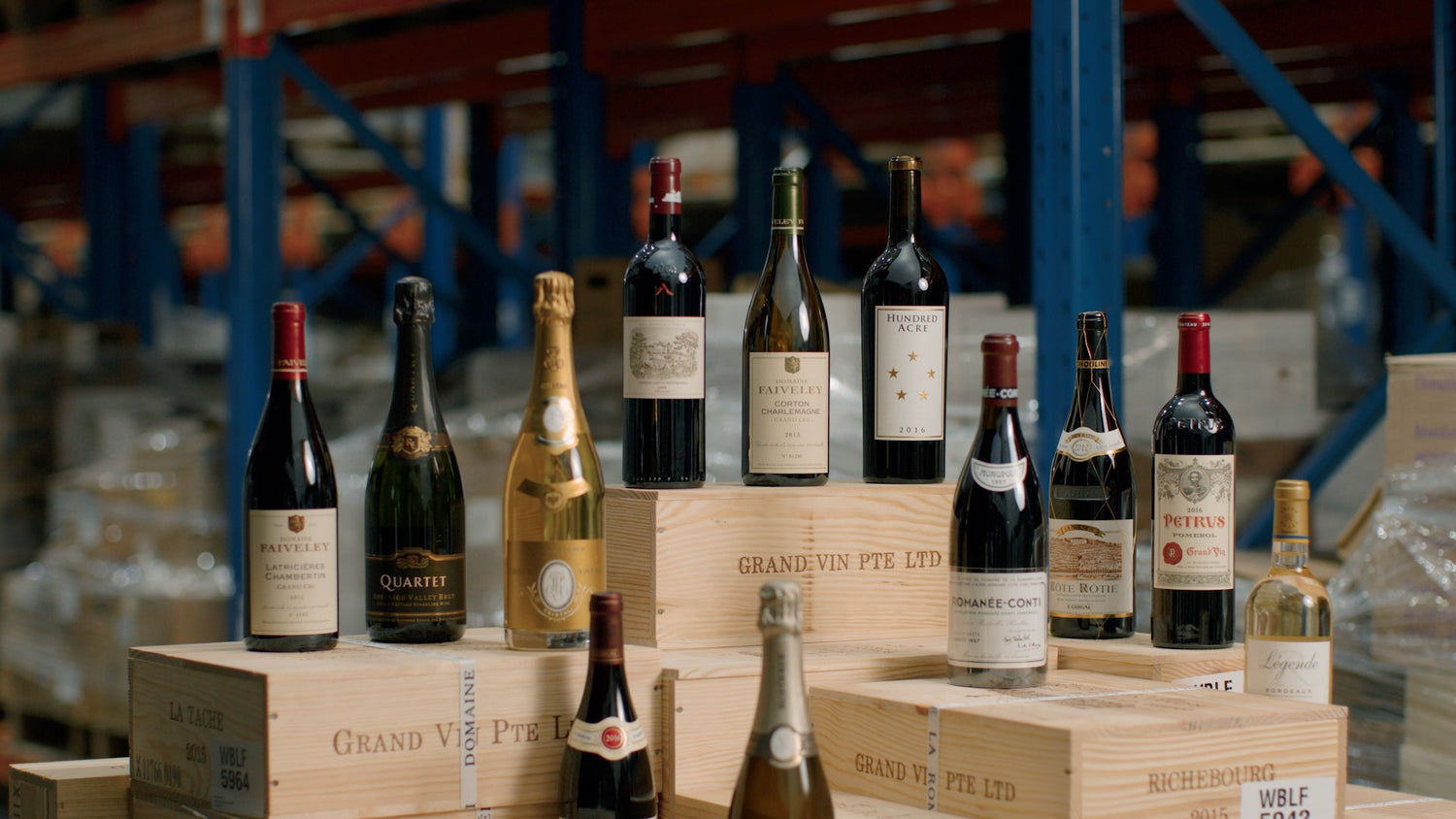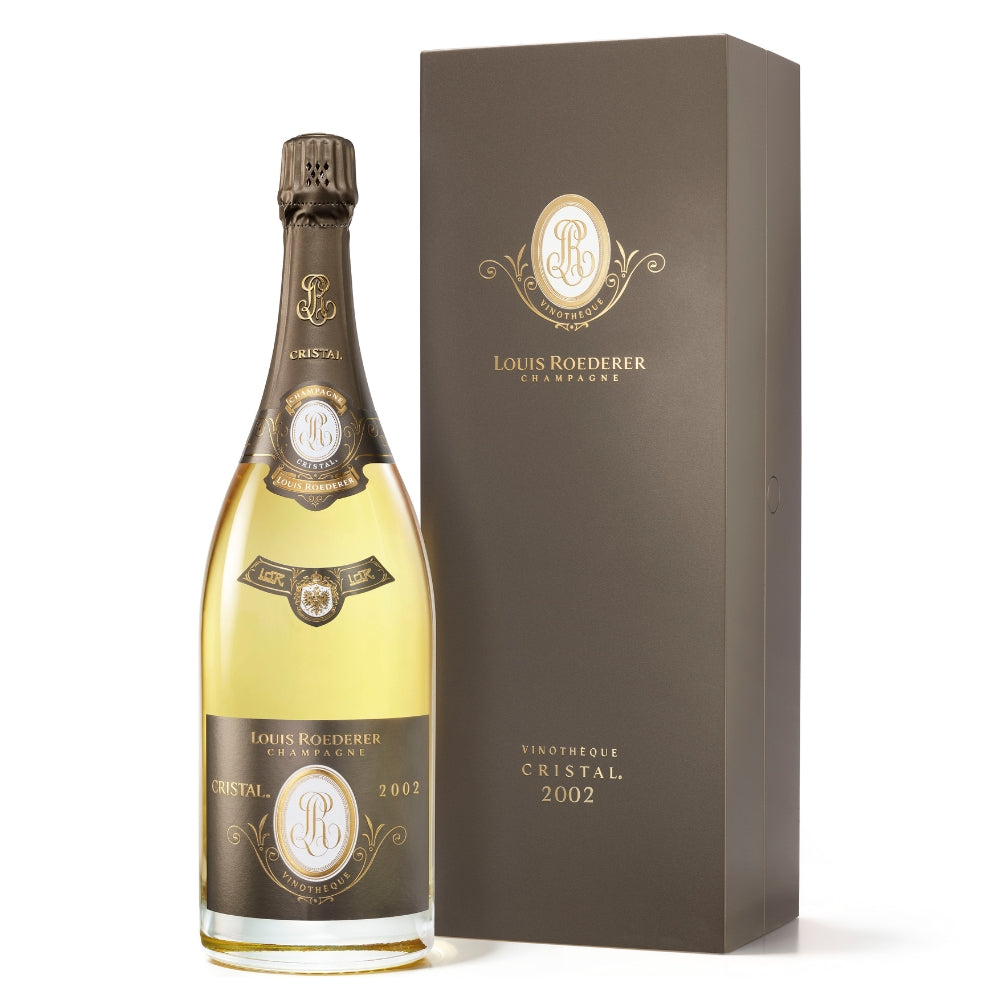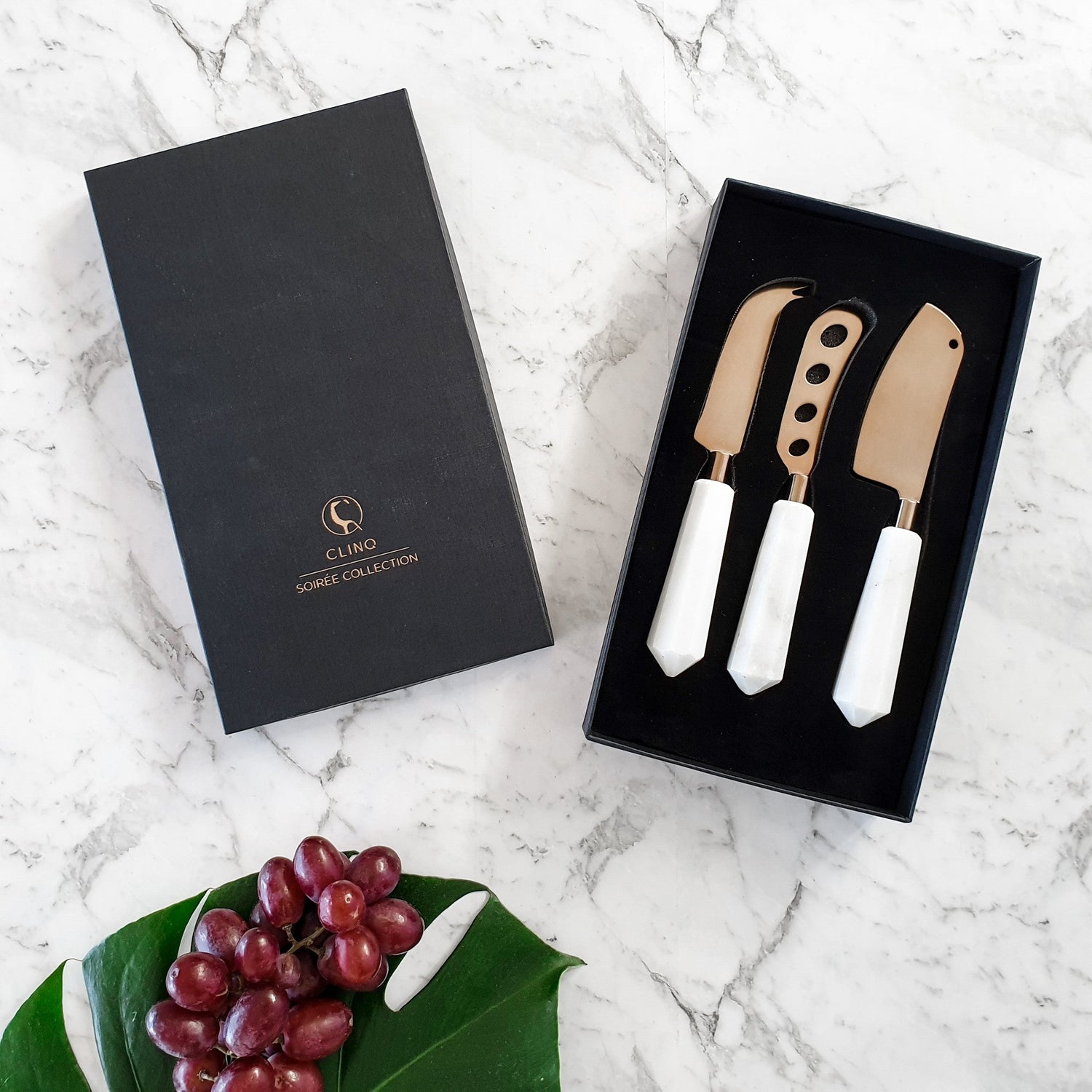It is post-festive season, and you might be opening the fridge to find forgotten bottles of unfinished wines from your festive parties. Wondering if they are still good to drink?
The good news – it is not hard to detect spoiled wines.
The not so good news – it is not going to be pleasant for some of your senses!
There are various ways to tell if a bottle of wine has gone bad. Here are some signs you can look out for if you are unsure whether your wine is still consumable.
Using your sense of sight

This first clue you can get from a bottle of spoiled wine before even opening it is from the cork. If the cork on the bottle is slightly raised, or popped out, it is an indication that the wine in the bottle has been overheated. This can happen when wines are stored in warm or hot places like car trunks or near the stove.
Your next visual clue will be the colour of the wine. Like how an apple turns brown when exposed to oxygen, the colours of wines also change with oxidation. When over-oxidised, red wine loses some of its bright red or purple hues, and will look like a murky, brown liquid. A spoiled white will look yellowish brown and cloudy.
Another clue to look out for is bubbles in your wine when poured into a glass. This is, of course, with the exception of sparkling wines! If the wine is supposed to be still, but comes out bubbly, it is a sign that fermentation has occurred, and the wine is no longer fit for consumption!
Using your sense of smell

The smell of spoiled wine is hard to miss!
Give your wine a sniff. If your wine smells pungent, like vinegar, instead of the pleasant aromas of fruits and floral notes that usually greet your nose, you would know for sure that the wine has gone bad. This is usually a result of over-oxidation of the wine. Other unusual smells include a musty, cardboard-like odour resulted from cork mould, or a rotten egg stench caused by the formation of undesirable sulfur compounds in wine.
Using your sense of taste
And if, somehow, you have missed the above signs, here is what your tastebuds are in for.
Just like the very things it stinks of, spoiled wine will taste like vinegar, wet-cardboard and rotten eggs. But fret not! A little bit of bad wine doesn’t hurt. I guess this is one good reason why you are supposed to sip on wines, not gulp!
Storing your wines to make them last
Fine wines are made to age and will stay good for decades. But, not without proper storage conditions. Here are a few things to take note on how you can preserve the quality of your wines!
Cool: Wines need to be stored in a cool environment. Refrigerators work too, but the ideal would be in a wine chiller at a temperature of 11-13˚C.
Dark: As with warmth, light also causes wine to disintegrate. This explains why most wine cellars are built underground, and why wines come in dark bottles.
Horizontal: As much as possible, store your wines in a horizontal position. This is so that the wine is touching the cork of the bottle, providing moisture to prevent it from drying out. A dried cork will allow air and other contaminants to enter the bottle, spoiling the wine.
Proper storage and care for your wines is one good way to prevent them from turning bad. But don’t we all agree that a better way is to drink up and enjoy them while they are still good? A toast to that, please!





